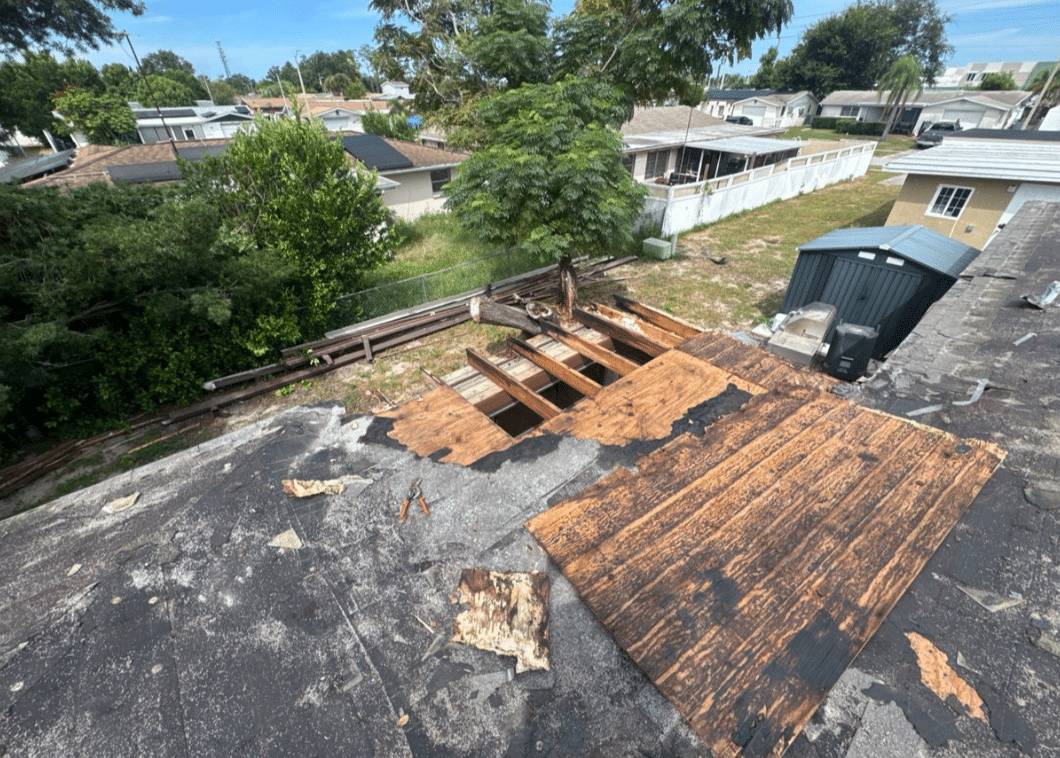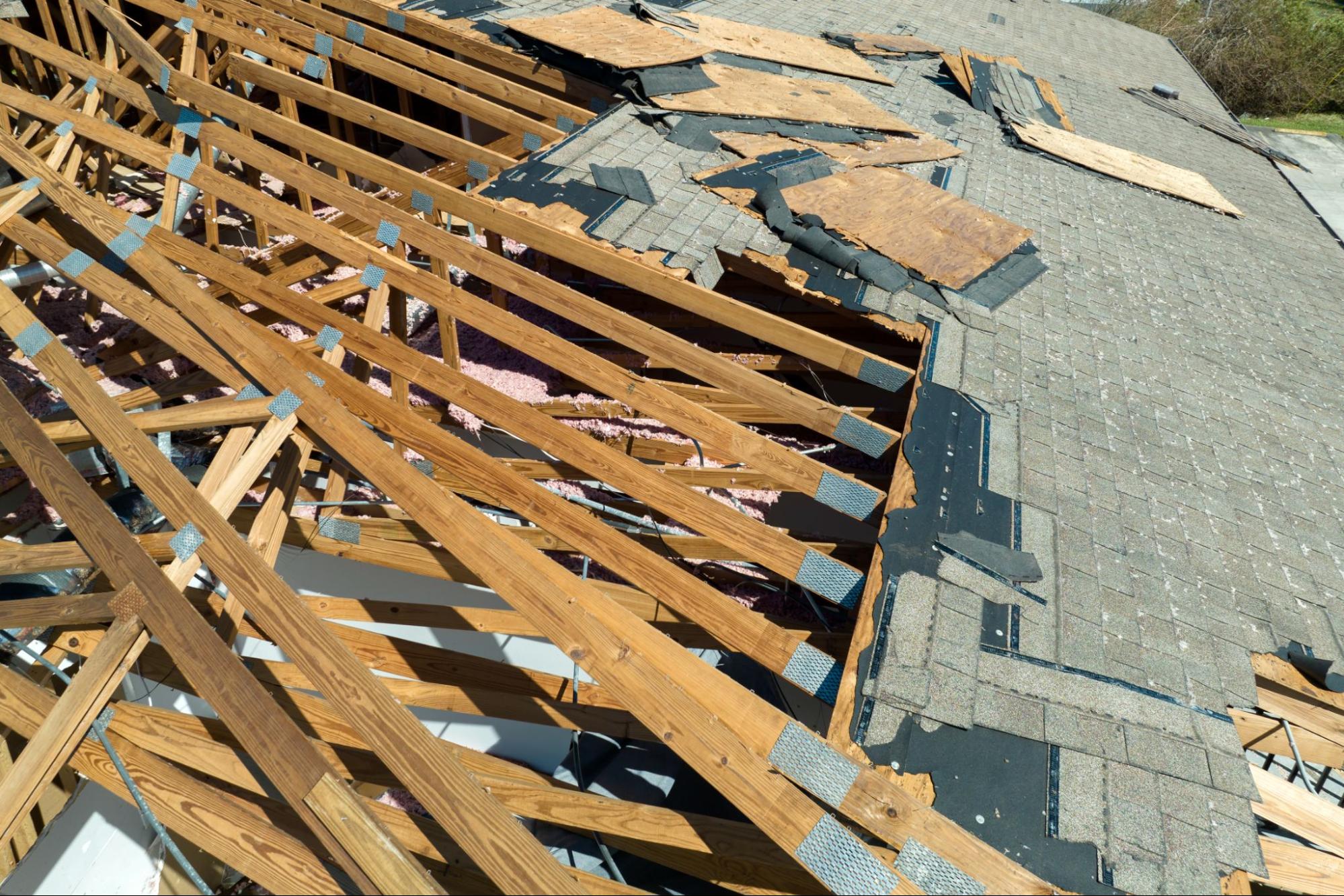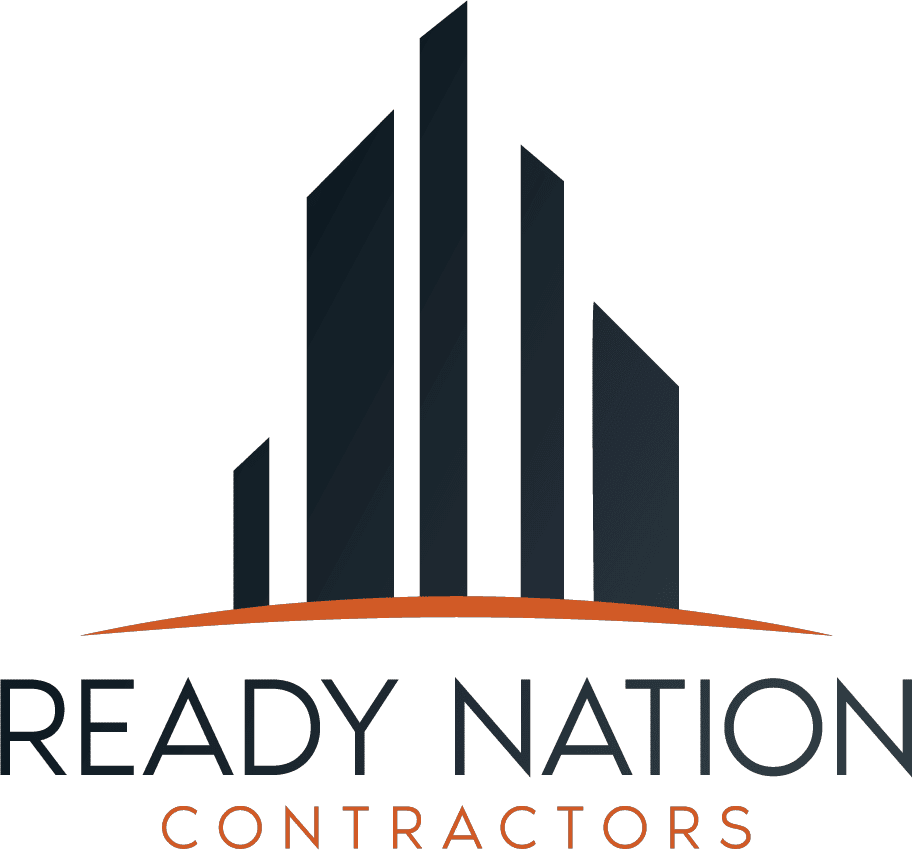Introduction
When a hurricane strikes, it can cause significant damage to your roof and home. Wind-lifted shingles, torn underlayment, and wind-driven rain can quickly escalate into soaked insulation, damaged drywall, and mold. At Ready Nation Contractors (RNC US), we understand the urgency of restoring your property. We’re licensed, insured, and ready to mobilize across Florida, Texas, and Louisiana to help you recover from storm damage quickly and efficiently.
This guide will walk you through the essential steps to take after your roof is damaged by a hurricane: securing the site, documenting the damage for insurance, getting a professional inspection, choosing a trustworthy contractor, deciding on repairs vs. replacement, and planning your budget and timeline.
When you’re ready for help, our team provides emergency tarping, roof repair, water mitigation, and full restoration for homes, businesses, and multi-family properties.
1. Prioritize Safety And Stabilize The Roof
Check For Structural Hazards And Shut Off Utilities
Your safety is the top priority. If there are signs of structural damage—such as leaning walls, sagging rooflines, or ceilings that are bowing—stay away from those areas. Use flashlights (not open flames), and avoid walking on wet surfaces near electrical equipment. If roof or attic damage is suspected, turn off the power at the main breaker and close the water main to avoid additional risks.
For businesses, designate a safety officer to cordon off unsafe areas and track access points with a check-in/check-out log.
Tarp, Seal, And Divert Water To Prevent Interior Damage
To prevent further water damage, temporary protection is key. Our team uses emergency tarps, reinforced edge battening, and sandbagging to block rain. If you’re waiting for us, use buckets to catch leaks and plastic sheeting to protect your floors.
Avoid climbing on the roof yourself, as it can be dangerous. Our professionals ensure safety by inspecting decking before installing secure, code-compliant coverings.
For more information, visit our Storm Damage page.
2. Protect Contents And Begin Drying To Reduce Mold Risk

Once the roof is secure, move furniture, electronics, and important documents to dry areas. Elevate them off the floor and use fans and dehumidifiers to promote drying. If insulation, drywall, or flooring has gotten wet, rapid extraction and dehumidification within 24–48 hours are critical to prevent mold. We offer coordinated water mitigation services alongside roof stabilization to avoid secondary issues like mold.
Learn more about our Water Damage and Mold Remediation services.
3. Document Everything And Start Your Insurance Claim
Capture Photos, Video, And A Damage Log With Dates
Before cleaning up, document everything. Take wide shots of the roof and close-ups of the damage, including missing shingles, punctures, and any interior stains. Keep a dated log with weather conditions and any emergency actions taken. Save receipts for materials like tarps and plywood, as they may be reimbursed.
Notify Your Insurer Promptly And Understand Hurricane Deductibles
Call your insurance company or use their app as soon as possible, noting your claim number. Many Gulf Coast policies have a separate hurricane or named-storm deductible, which is often a percentage of your Coverage A limit. Be sure to confirm your deductible and inquire about mitigation coverage. For more guidance on disaster claims, check FEMA’s resources.
Prepare For The Adjuster: Estimates, Receipts, And Access
Prepare for the insurance adjuster’s visit by providing clear estimates and making affected areas accessible. Have your mitigation invoices, photos, and preliminary assessments ready. We can meet with the adjuster on-site to review damage and discuss your needs.
For more tips, visit our Blog.
4. Schedule A Professional Roof And Moisture Inspection

Roofing And Structural Red Flags That Require An Engineer
Some damage is immediately obvious, but others may be hidden. Structural issues such as widespread deck deflection, truss separation, or rafter twisting may require a structural engineer’s input. For commercial roofs, issues like membrane billowing or compromised parapets may also need engineering evaluation.
Moisture Mapping, Attic Checks, And Interior Water Intrusion
We use moisture mapping tools like thermal cameras to trace water paths from the roof into the interior. Our team checks the attic for wet insulation, stained sheathing, mold odors, and daylight. We also inspect ceilings, exterior walls, and MEP chases for hidden moisture. This thorough inspection helps guide roof repair and interior drying plans.
Explore our Roof Repair and HVAC Services pages for more information on damage assessments.
5. Permits And Code Requirements In Florida, Texas, And Louisiana
It’s important to follow local permit and code requirements when repairing or replacing your roof. Adhering to these guidelines ensures your home is safe, up to code, and protected from future storms. Following the proper procedures also helps avoid costly fines and ensures your repairs are covered by insurance.
6. Choose A Licensed, Local Contractor You Can Trust
Verify Licensing, Insurance, And Local References
Ensure the contractor you choose is licensed, insured, and experienced with storm damage claims. RNC US is local to the Gulf and East Coasts and offers references for residential, commercial, and industrial projects. Learn more about us here.
Watch For Red Flags: Storm Chasers, High-Pressure Sales, And AOBs
Avoid contractors who pressure you into signing contracts or offer “free roofs.” Do not sign an Assignment of Benefits (AOB) or any document transferring your policy rights without careful review. A reputable contractor will explain the process clearly.
Get A Written Scope, Materials, Warranty, And Cleanup Plan
Insist on a detailed contract that specifies materials, timelines, warranties, and cleanup responsibilities. This ensures quality work and protects your investment.
Explore our Commercial Restoration and General Contracting services for large projects.
7. Decide On Repair Vs. Replacement And Resilient Upgrades
When Spot Repairs Make Sense Versus Full Replacement
Spot repairs are ideal for minor damage, like missing shingles or small punctures. However, if wind uplift, granule loss, or moisture intrusion is widespread, full replacement may be the better choice. Age also plays a role—if your roof is nearing the end of its lifespan, replacing it may be more cost-effective in the long run.
Resilient Options: Underlayments, Secondary Water Barriers, And Fasteners
When rebuilding, consider upgrades to make your roof more storm-resistant. These can include self-adhered underlayments, secondary water barriers over decking seams, and improved fasteners for uplift resistance.
For more material options, visit our Roof Repair page.
8. Plan For Costs, Funding, And Project Timeline
What Drives Cost: Roof Size, Pitch, Materials, Decking, And Access
Roof size, pitch, materials, and the condition of the decking all impact repair costs. We provide clear, itemized estimates so you can understand exactly where your money is going.
Payment Schedules, Deductibles, Supplements, And Lien Releases
Expect a standard payment schedule with deposits, progress payments, and final payments after inspection. We’ll coordinate with your insurer for quick reimbursement and ensure you have the necessary lien releases for protection.
Business And Multi-Family Considerations: Temporary Protection And Continuity
For commercial properties, we handle temporary entrances, reroute foot traffic, and schedule noisy work during off-hours to minimize disruption.
For more information, visit our Industries Served page or Emergency Response page for 24/7 mobilization.
Conclusion
A hurricane-damaged roof doesn’t have to result in months of disruption. With quick stabilization, thorough documentation, and expert restoration services, Ready Nation Contractors helps you get back on track. We offer rapid response, comprehensive assessments, and full-scale repairs for homes and businesses.
When you’re ready, call us at 877-762-2858, visit our Contact page, or check our Locations page to find services near you. We move fast, communicate clearly, and restore with confidence.
Frequently Asked Questions
What to do after a hurricane damages your roof first?
Ensure safety, document the damage, and contact a contractor for emergency repairs.
How should I document a hurricane-damaged roof for insurance?
Take comprehensive photos, note the date, and keep receipts for any mitigation materials.
When should I choose roof repair vs. replacement after hurricane damage?
Spot repairs are good for minor damage, but replacement is necessary for widespread issues or old roofs.
Do I need permits for hurricane roof repairs in Florida, Texas, or Louisiana?
Yes, permits are often required, and each state has different regulations.
How soon should I file an insurance claim after a hurricane damages your roof?
File immediately after the storm. Your insurer will send an adjuster, and repairs can begin after approval.





